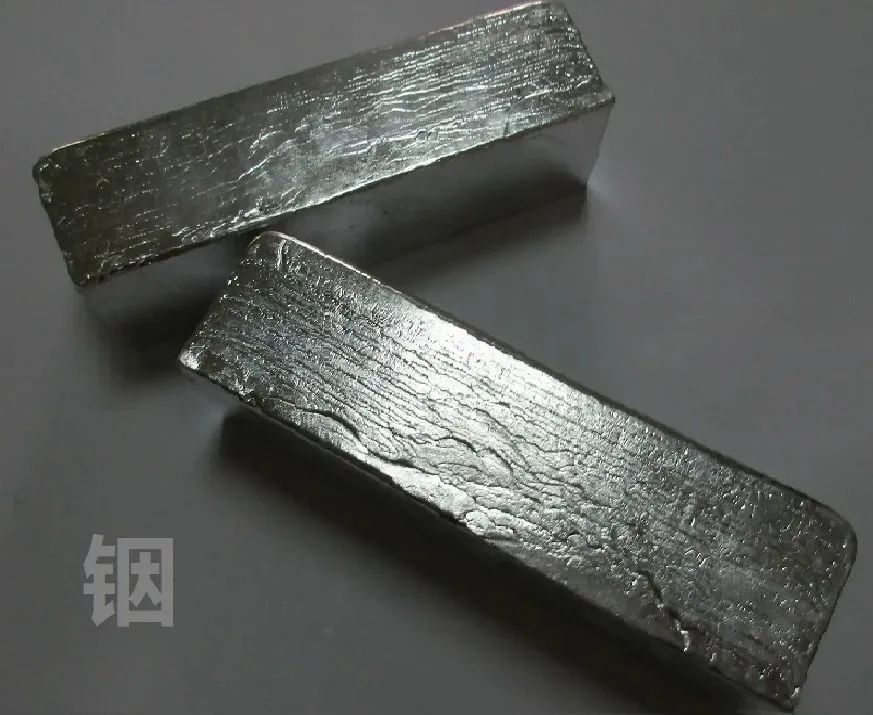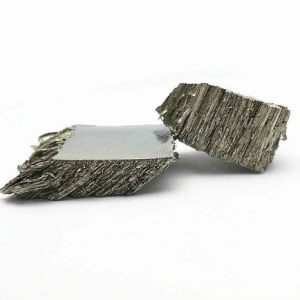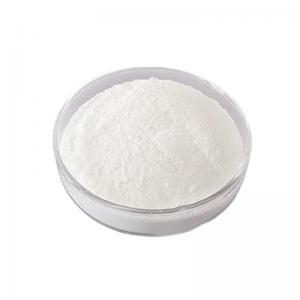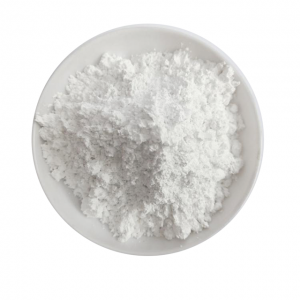The Development Prospects of Indium Technology
Indium is an expensive dispersed metal, and in the periodic table, its closest elements are gallium, thallium, tin, and cadmium. Indium metal has a silver white luster, a low melting point, but a high boiling point. Indium has good plasticity and can be processed into almost various shapes under pressure. Indium and its compounds have extensive applications in fields such as electronics, alloys, and catalysts.

The properties of indium:
Indium has chemical properties similar to iron, with atomic radii similar to cadmium, mercury, and tin. Indium is stable in air, not easily oxidized, and does not lose its luster. It dissolves slowly in cold acid, but quickly in hot dilute or concentrated acid, and does not react with hot water or alkali. Indium has mild toxicity and no irritating effect on the skin. The main compounds include indium trioxide, indium hydroxide, trimethyl indium, and indium chloride.
The application of indium in the fields of electronics and semiconductors:
The excellent conductivity and high ductility of indium make it indispensable in the electronics industry. Indium is used to manufacture transparent conductive coatings for touch screens, liquid crystal displays (LCDs), and organic light-emitting diodes (OLEDs). These coatings are capable of transmitting electrical signals while allowing light to pass through, making them crucial in modern consumer electronics devices.
In addition, indium is used as a solder for electronic components because it forms strong bonds between metals and has a relatively low melting point.
The application of indium in photovoltaics and solar panels:
Indium has chemical properties similar to iron, with atomic radii similar to cadmium, mercury, and tin. Indium is stable in air, not easily oxidized, and does not lose its luster. It dissolves slowly in cold acid, but quickly in hot dilute or concentrated acid, and does not react with hot water or alkali. Indium has mild toxicity and no irritating effect on the skin. The main compounds include indium trioxide, indium hydroxide, trimethyl indium, and indium chloride.

The challenge of meeting needs:
Due to the application of indium in consumer electronics and renewable energy technologies, the demand for indium continues to grow, posing challenges to its global production. The limited main source of indium and the high demand for zinc pose competition for indium production, which poses supply chain risks.
In addition, with the continuous growth of electronic waste, efforts to recycle indium have become crucial in reducing dependence on primary sources. Developing efficient recycling technologies and establishing appropriate electronic waste collection and treatment systems are key steps in ensuring stable supply of indium.

















